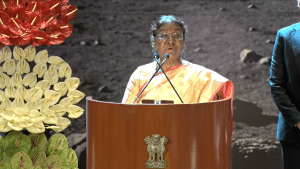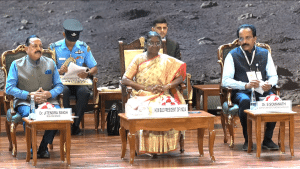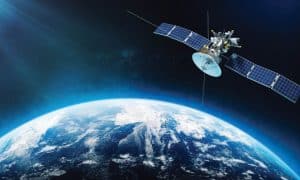The Federal Communications Commission’s (FCC) mandate for satellite operators to dispose of satellites within five years of mission completion couldn’t have come at a better time.
The growing challenge of orbital debris poses a risk to sustainable space activities. Defunct satellites, discarded rocket cores, and even nuts and bolts left behind by astronauts now fill up the space environment, particularly the Low Earth Orbit (LEO).
Increase in space debris is a direct result of the increasing number of satellites being launched. As of May 1, 2022, around 1,200 of the 5,000+ satellites currently orbiting the Earth were launched in 2020 alone. And the vast majority of those are commercial satellites operating at altitudes below 2,000 km — the upper limit for LEO. Increasing orbital debris poses a threat to the operational satellites and the International Space Station.
But is the FCC mandate enough to reduce orbital debris? Likely not.
According to figures provided by the University of Texas ASTRIAGraph team, as of February 15, 2022, there are 15,232 pieces of tracked debris, of which 6,056 pieces are registered to the Commonwealth of Independent States — which includes Russia and most former USSR countries. This means CIS launches account for 40% of all space junk.
Further analysis reveals that the CIS creates an average of 4.3 tracked debris objects for every payload currently in orbit, compared to a 1.3 ratio for the United States. The worst offender, however, here is China, putting an average of 7.5 junk pieces in orbit for every payload.
Currently, there are no international rule or mandate on orbital debris. The Space Debris Mitigation Guidelines, from the Committee on the Peaceful Uses of Outer Space of the United Nations Office for Outer Space Affairs (UNOOSA), is just that – a set of guidelines.
The FCC mandate is expected to be a beginning in an attempt for sustainable space. The new rule replaces the earlier 25-year-old guideline for deorbiting satellites post-mission, and pertains to satellite companies operating within the United States.
Sustainability of space is a business and economic imperative, underlines Kevin O’Connell, former Director of the Office of Space Commerce. In this article in Geospatial World, he argues that considering space sustainability within every aspect of what countries and companies undertake in the domain is essential for preserving future opportunities in space.

While key aspects of space sustainability will be driven by governments, the private sector is also expected to play an important role given that the latter is now a dominant player in the USD 469 billion global space economy, as per the Space Foundation 2022 report. This is more so for the US space industry.
In this background, the FCC mandate is seen as an important step in heralding a new era for space safety and orbital debris policy.
READ MORE: FCC says Out-of-Mission Satellites to be Deorbited within 5 years
Disclaimer: Views Expressed are Author's Own. Geospatial World May or May Not Endorse it









